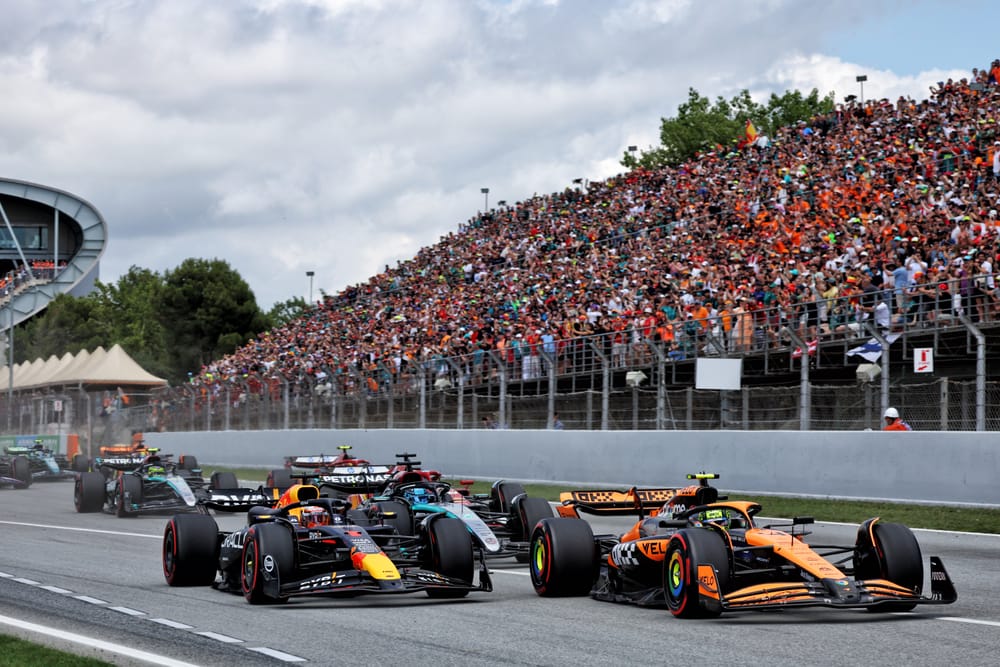Up Next

McLaren’s 2024 Formula 1 season has been a strong one, but in a results-based business it’s inevitable that the narrative has shifted from its astonishing rise to the front to the question of whether it’s wasting too many opportunities.
But how fair is the notion that it’s squandering what’s now F1’s best car?
You can certainly make a case that McLaren could have won each of the last seven grands prix, including the run of six races from Imola to Silverstone that followed its breakthrough victory in Miami. And while that victory was assisted by the intervention of the safety car and Max Verstappen’s Red Bull suffering damage when he cut the chicane, the McLaren has proved itself, on occasion, to be plenty fast enough to win without any circumstantial help.
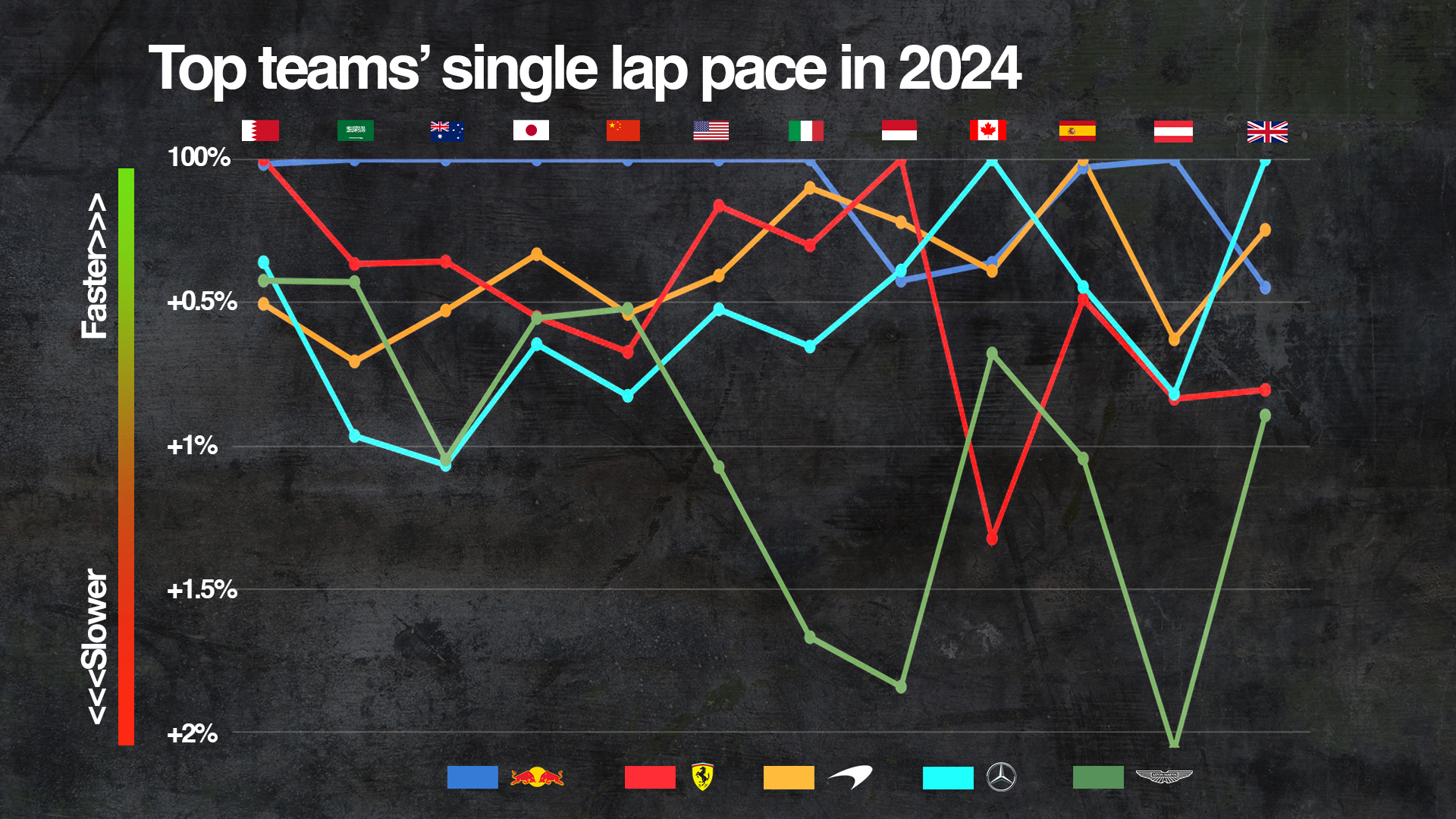
The McLaren is unquestionably a strong car, one that is well-utilised by a strong driver pairing of Lando Norris and Oscar Piastri. It’s not necessarily the outright fastest, as the Red Bull still has the edge when it’s able to operate in the right window. But it’s a narrow window and you can make a strong case that the McLaren could be considered the best car given its all-round performance.
But a look back over the circumstance of the half-dozen ‘lost’ wins means it’s possible to evaluate how wasteful McLaren really has been - and the key areas where it needs to sharpen up.
EMILIA ROMAGNA GP
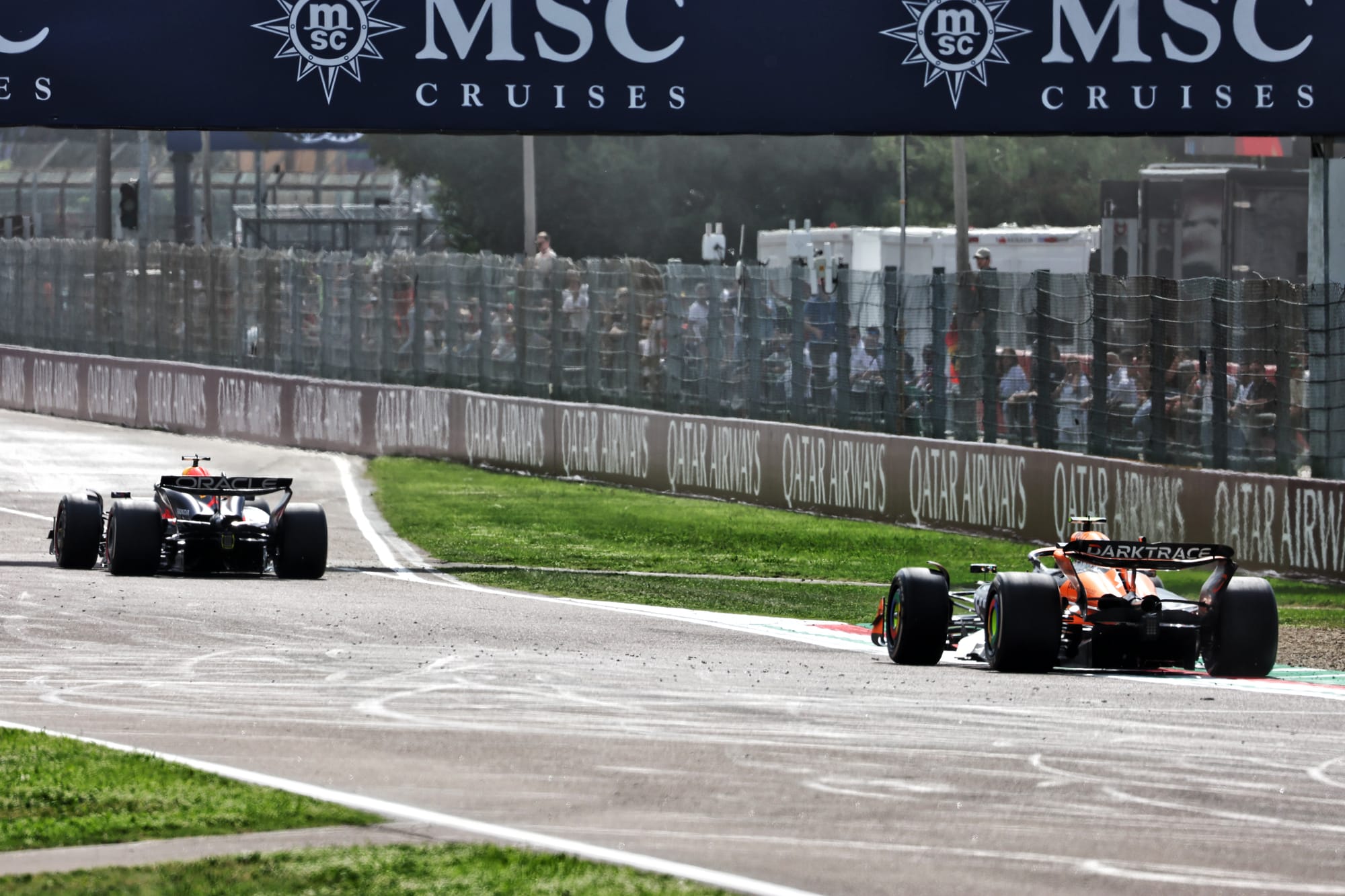
Norris chased Verstappen home in the Emilia Romagna Grand Prix at Imola. In the last 20 laps, he closed from 7.4 seconds behind to cross the line just under three-quarters of a second behind.
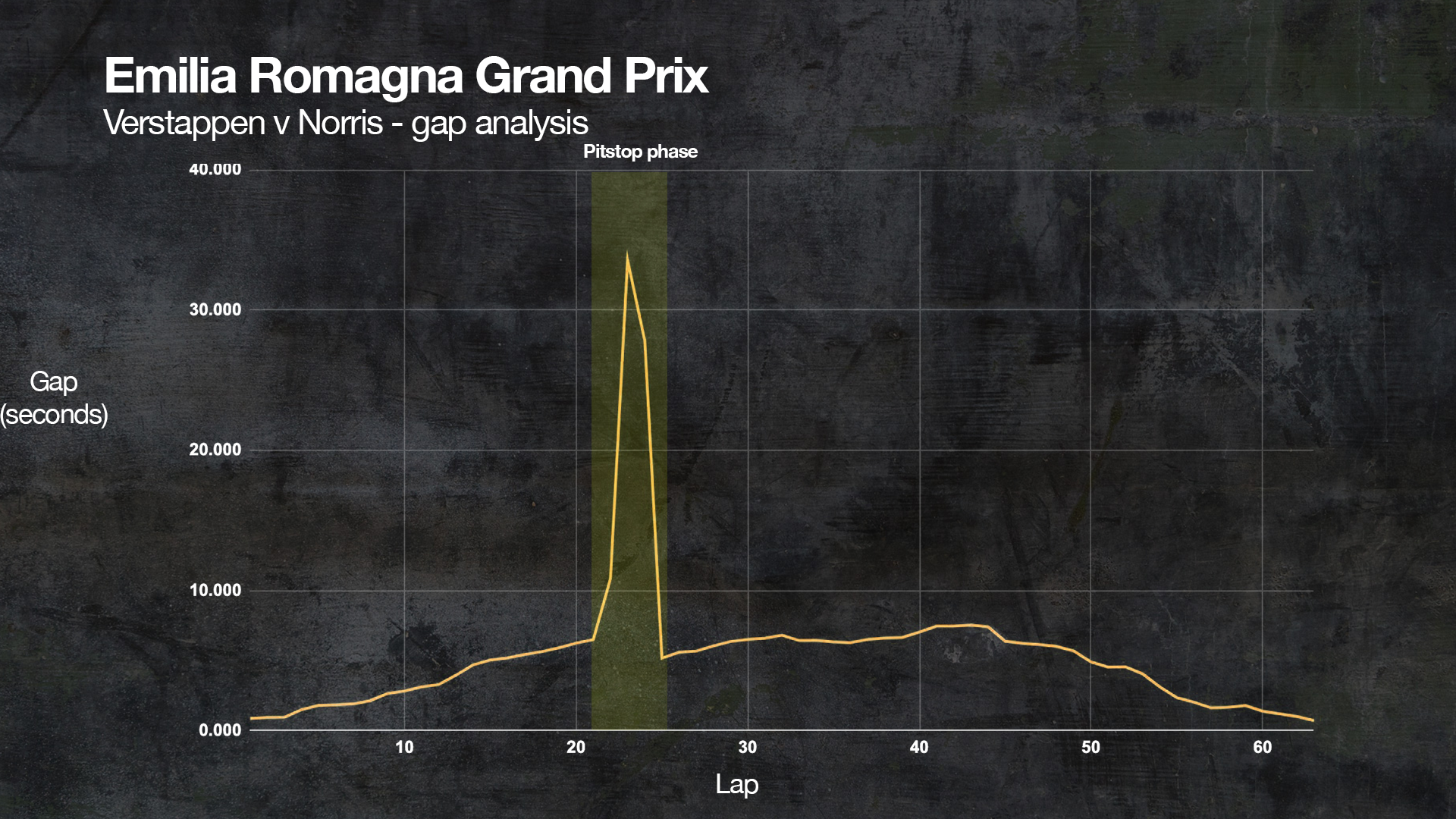
This race was all about track position and Norris never got close enough to launch an attack in the race, lamenting after the finish that with “one or two more laps I think I would have had him”. That is, of course, easier said than done and nothing is easier than winning a race hypothetically a few laps after the chequered flag.
Imola showcased an area where Red Bull has a key advantage, as while Norris got a better initial launch from second on the grid, he lost out to Verstappen in the second phase of the start. But this race also showcased a strength of the McLaren in terms of tyre management and by pitting on lap 22, Norris forced Verstappen to respond and committed the Red Bull to a long final stint.
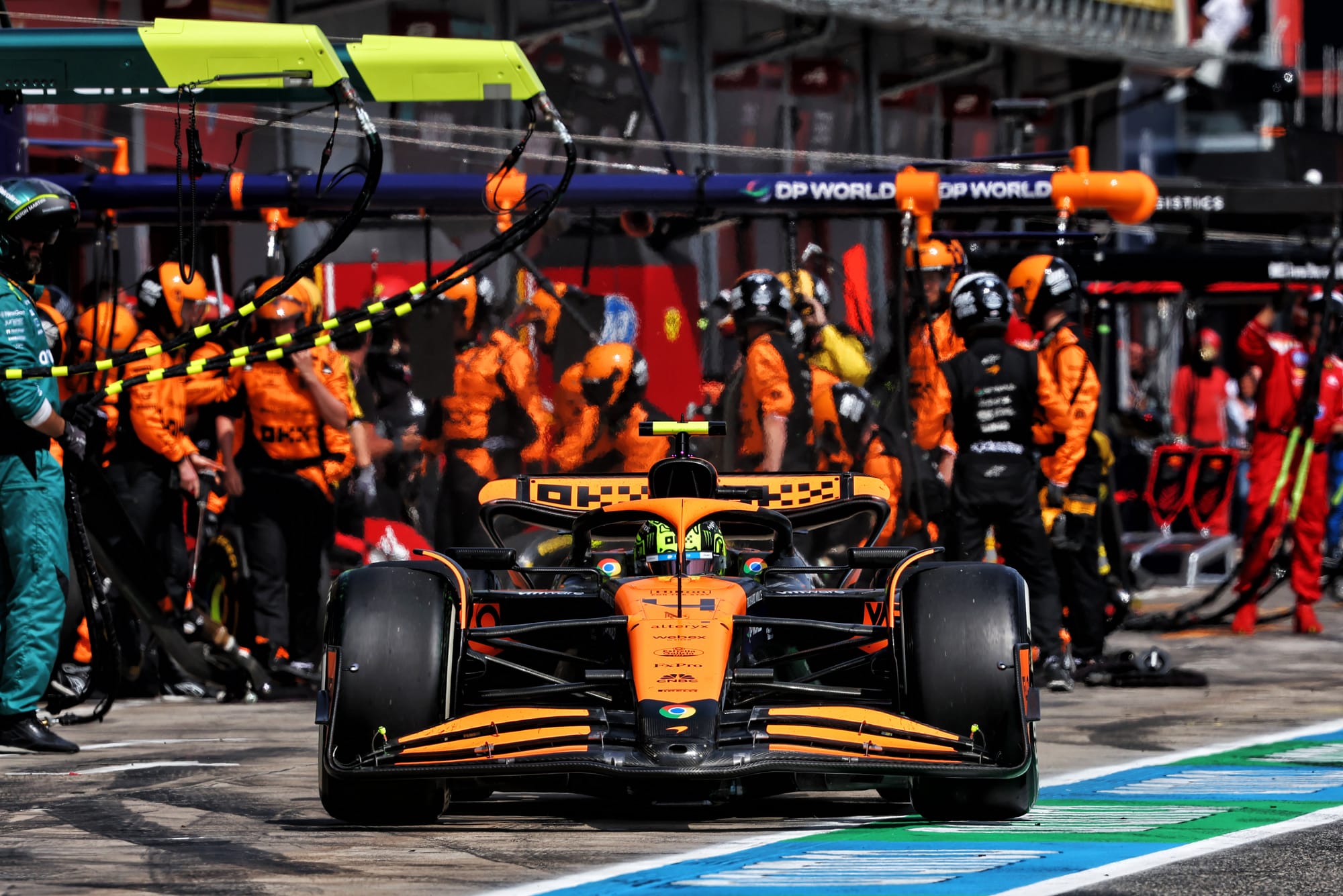
Verstappen ultimately struggled with the hard compound Pirellis on the front axle, which allowed Norris to close in the second half of that stint. But it wasn’t enough.
Piastri, who finished fourth, might also have played a key role but for a three-place grid penalty for impeding Haas driver Kevin Magnussen in Q1. He actually qualified second, just 0.074s behind Verstappen, but wasn’t a victory contender because of time lost in the first stint.
Given Verstappen gained half a tenth from a tow from Nico Hulkenberg in Q3, following significant work done overnight to get the most from a tricky car that lost an edge of performance to the higher ride heights required to ride the Imola kerbs, both McLaren drivers potentially had the machinery to have qualified ahead. Had one, or both, done that then that should have yielded the track position needed to win.
McLaren certainly could have won at Imola, but it was a close fight with Red Bull that one team or the other always had to lose.
Verdict: winnable, but not squandered.
MONACO GRAND PRIX
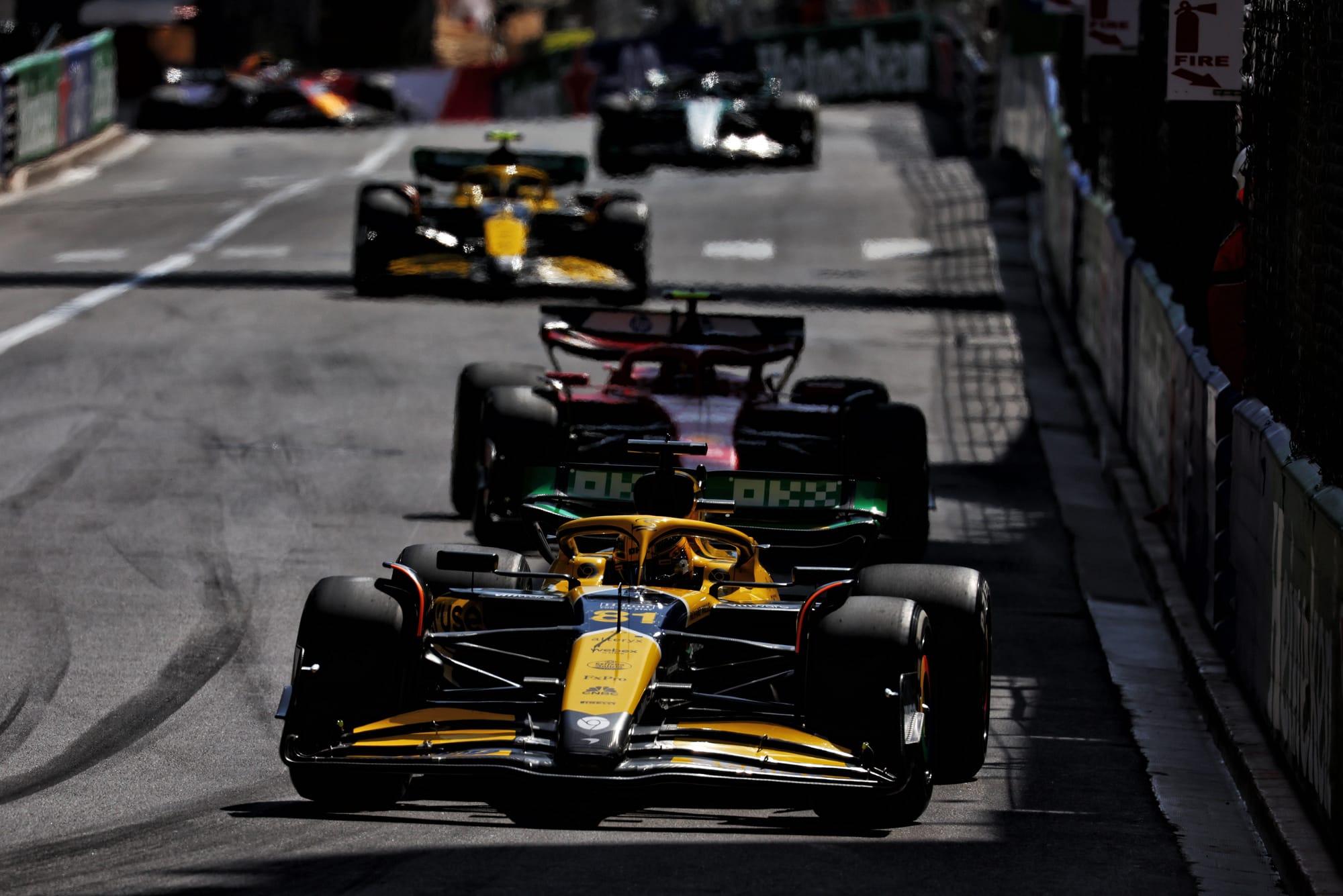
While Ferrari dominated the Monaco weekend, the McLarens were right up there in a four-car battle for the lead.
It’s unrealistic to expect Piastri, who finished second to Charles Leclerc, to have passed the Ferrari driver on track. The early red flag also wiped out any strategic opportunity to do so.
However, the tantalising ‘what if’ was in qualifying. There, Piastri’s ideal lap - made up by combining his three best sectors - was actually seven hundredths of a second quicker than Leclerc’s pole position time.
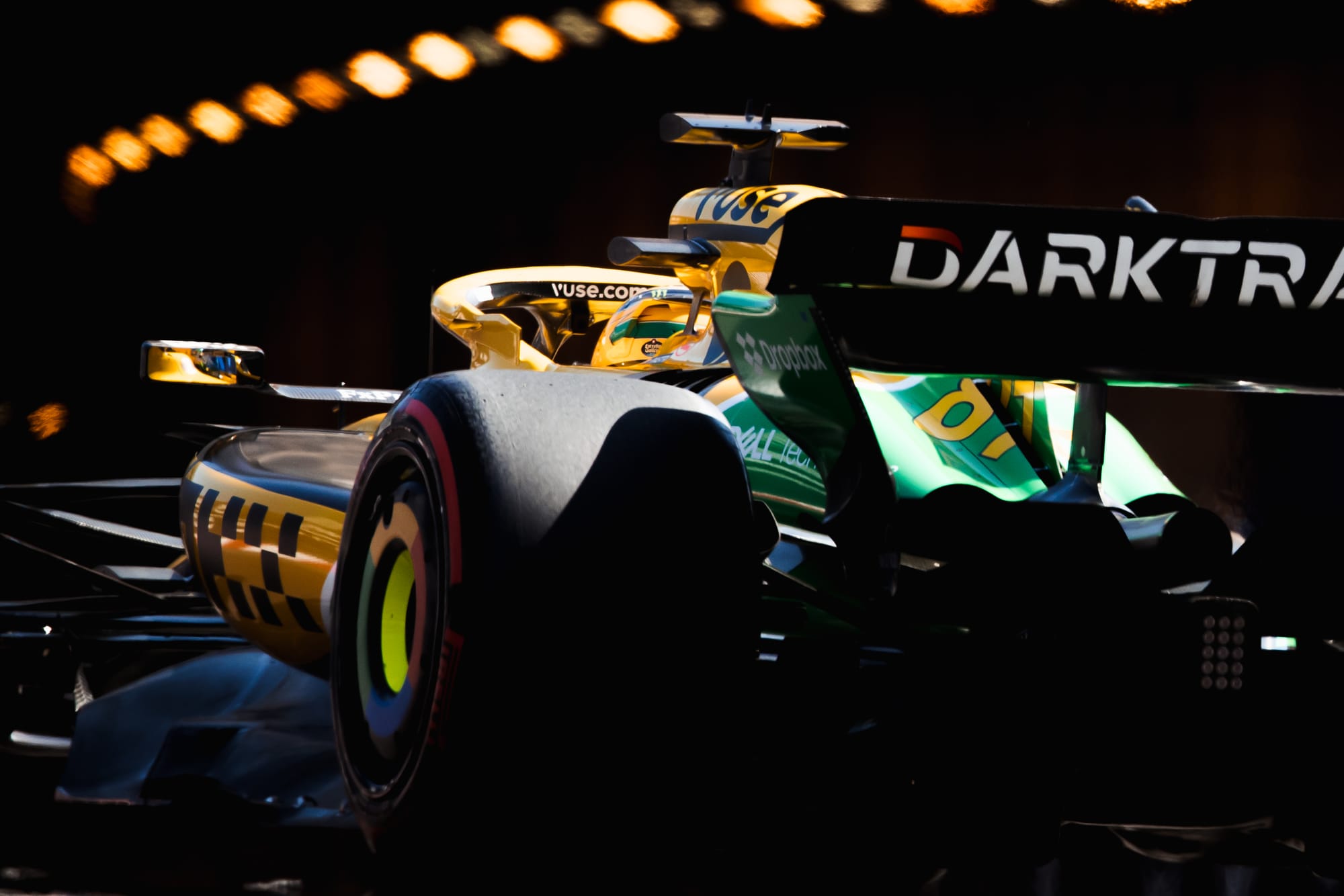
As Leclerc struggled a little more than anticipated in qualifying, Piastri could clearly have been on pole. Therefore, Norris also had the machinery to do so. But as Piastri said after finishing second in the race, it would have taken something extraordinary to do it.
“Charles has been mega all weekend,” said Piastri. They've been quick from the very first lap and it would have taken something pretty special in quali to outdo him. The opportunity was almost there, but it would have taken probably the best lap of my life.”
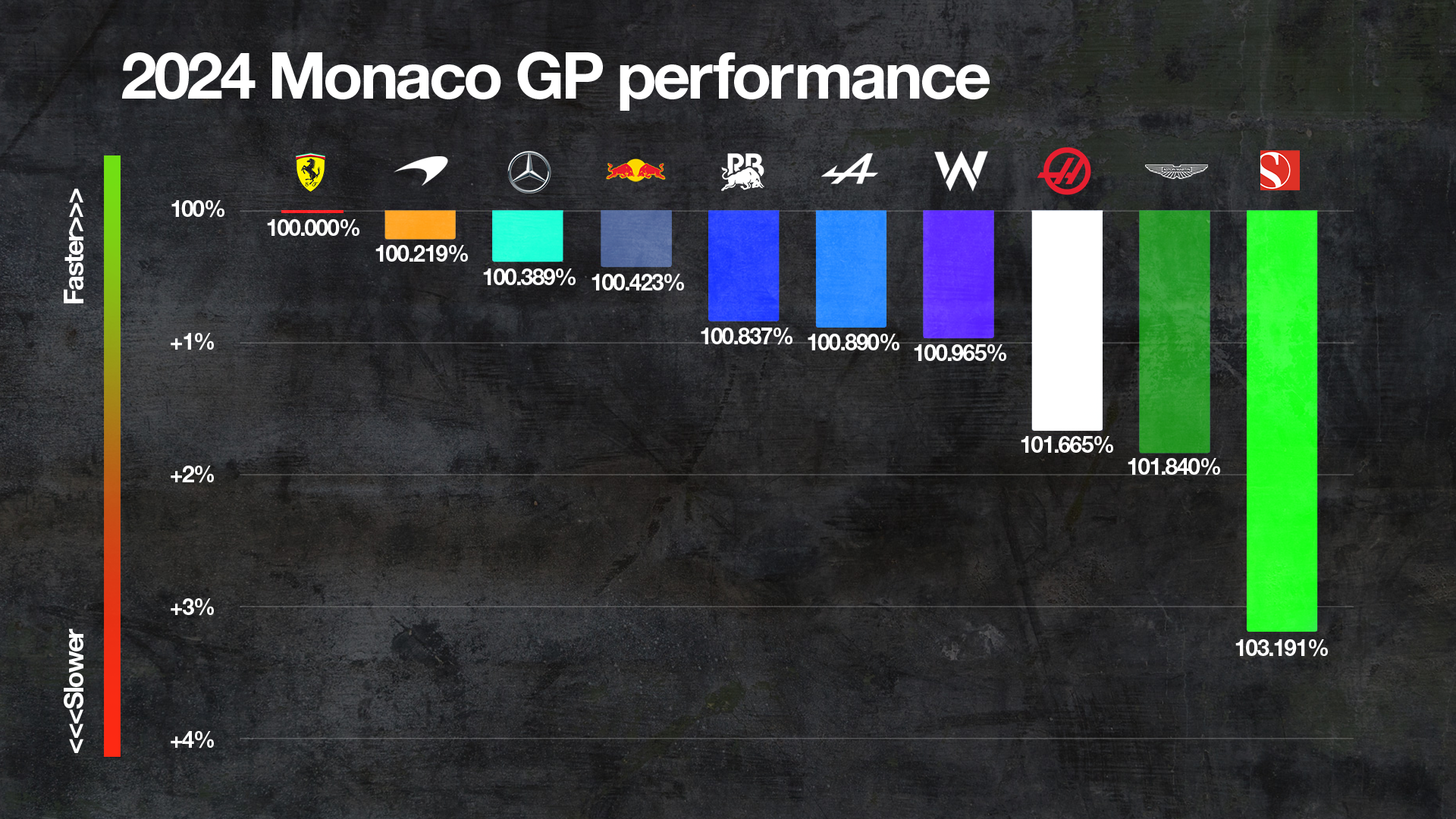
Had the McLaren started at the front, it would have stayed there so there was potentially a straightforward route to victory.
Verdict: Qualifying perfection required.
CANADIAN GRAND PRIX
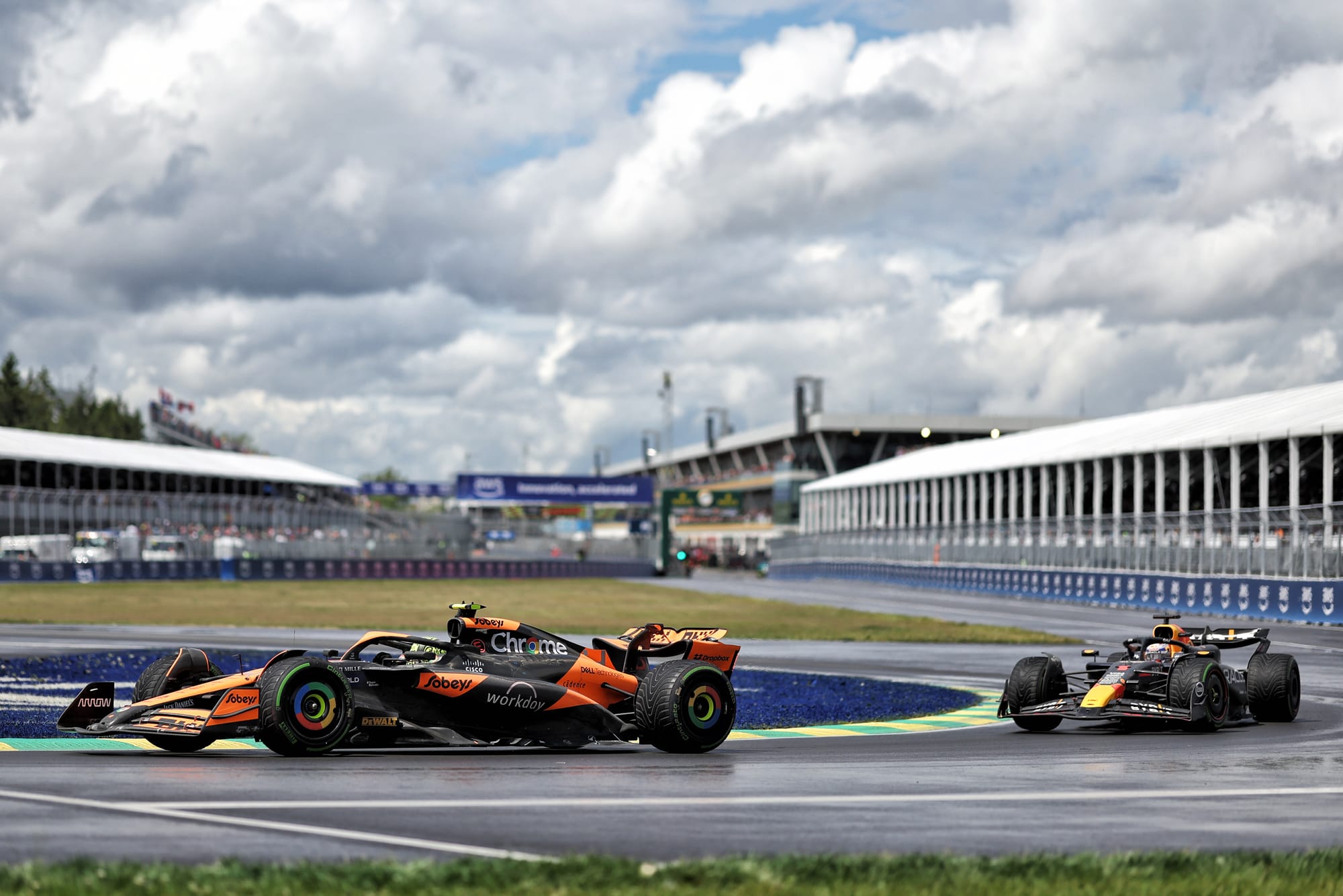
An ultra-tight qualifying session, with Norris qualifying third but only 21 thousandths of a second down, suggests pole might have been possible, particularly with McLaren’s prodigious pace in the middle sector at Montreal.
However, that proved irrelevant as Norris’s strong first stint meant that he took the lead from George Russell on lap 21. When the safety car was deployed for Logan Sargeant’s crash on lap 25, Norris’s lead over Verstappen, who had also passed Russell, was over seven seconds.
Race control waited before deploying the safety car as Sargeant was unsuccessfully attempting to restart his Williams, so it wasn’t called until Norris was around 300 metres from the pit entry.
He stayed out and was picked up by the safety car while the chasers, who did pit, were driving to the faster safety-car delta time. Norris therefore came out of the pits a lap later in third behind Verstappen and Russell.
McLaren team principal Andrea Stella admitted that, in hindsight, Norris should have been given a conditional instruction to stop were the safety car to be deployed.
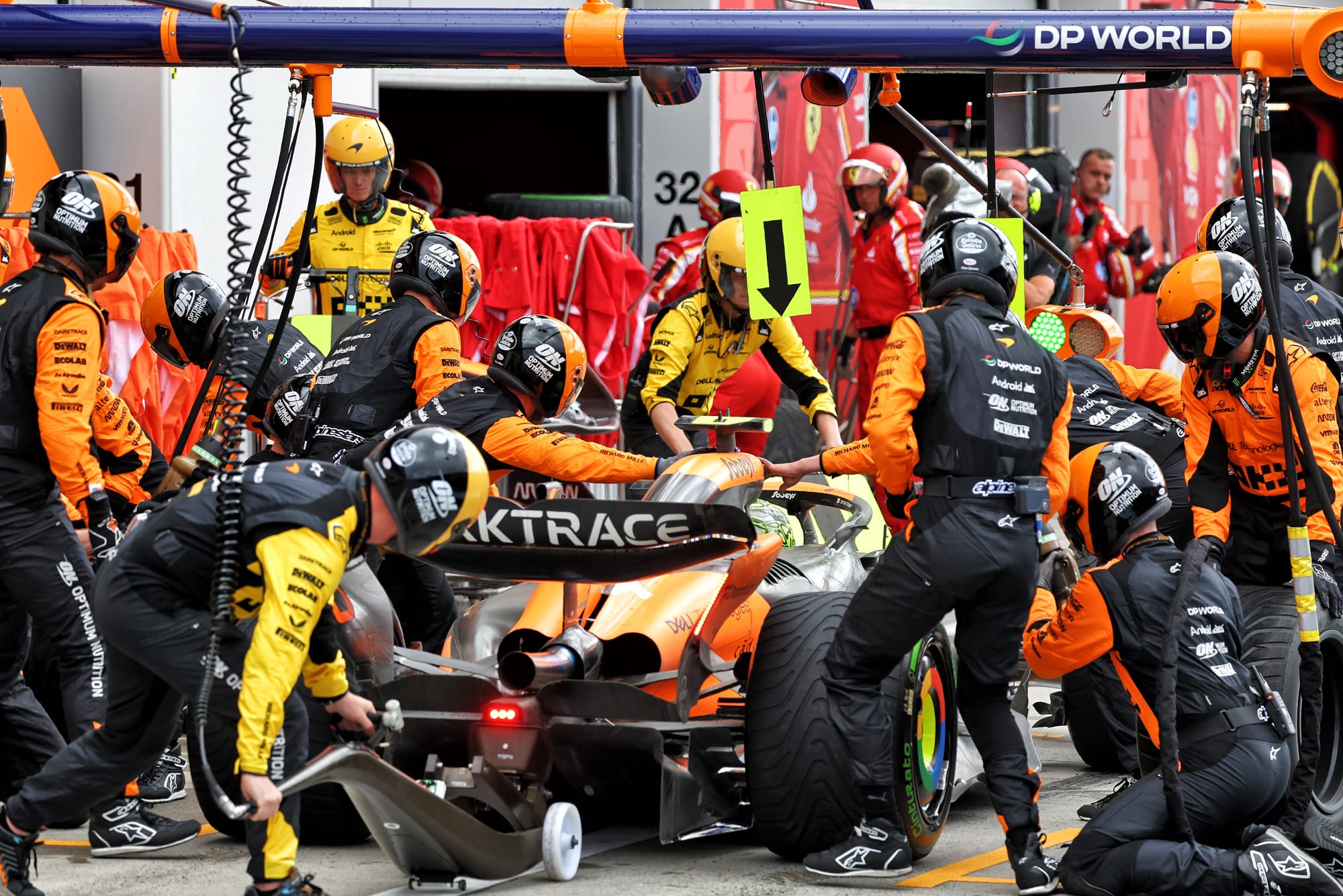
“He was one-and-a-half seconds from the time where you needed to turn [into the corner] or you go in straight [into the pits]. In hindsight, we could have told the driver: 'in case of safety car pit', so he would have just reacted instinctively to pit.
“But we were monitoring the intensity of the rain and this intensity in the last few minutes was reducing. So we didn't want to pit unnecessarily for a new set of inters when this set of inters could have been good enough in case of a very light rain.”
With a conditional pit instruction, Norris could easily have gone straight in and therefore emerged with his lead intact. Instead, McLaren didn’t make the call because of the variables at play.
While in the dry conditions that prevailed in the final stint of the race the McLaren wasn’t quite as quick as it had been, had Norris made that stop - and therefore held the lead - there’s every chance he would have beaten Verstappen to victory.
Verdict: Bad call cost a likely win.
SPANISH GRAND PRIX
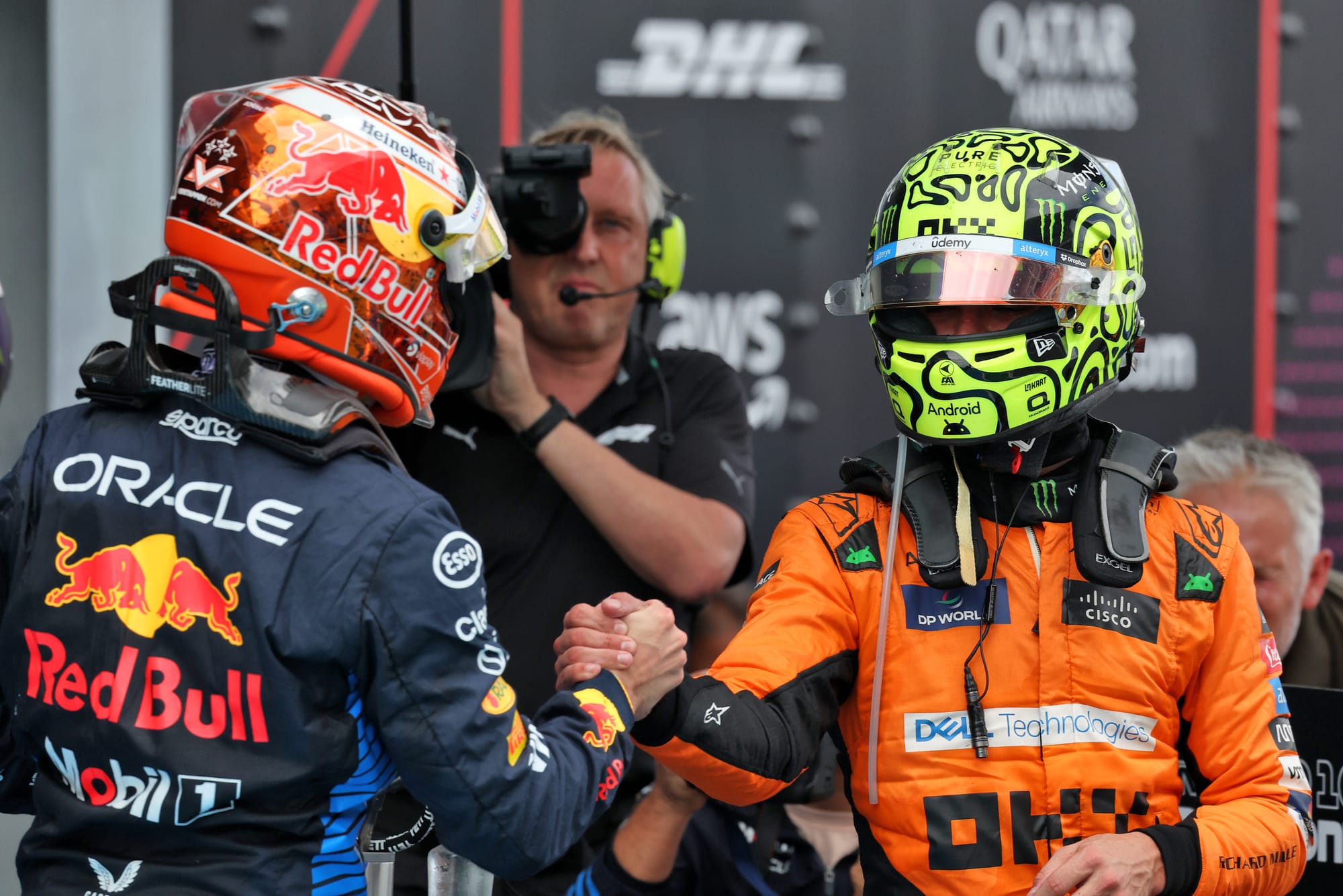
Norris was perfectly set up for victory in Spain after taking his first pole position of the season. But the race turned on the start.
Despite Norris unceremoniously shoving the fast-starting Verstappen towards the grass, the Red Bull got ahead. Norris also, very wisely, had to back out of it entering Turn 1 to avoid being sandwiched between Verstappen and Russell, who swept round the outside of both to lead.
McLaren was surprised by how early its rivals pitted at such a high-degradation track and stuck with what was always its strategy plan and ran longer. But the time lost in the first stint, particularly while running behind Russell, proved costly.
However, Norris was able to come back at Verstappen in the final stint, despite losing a second during a slightly slow final stop.
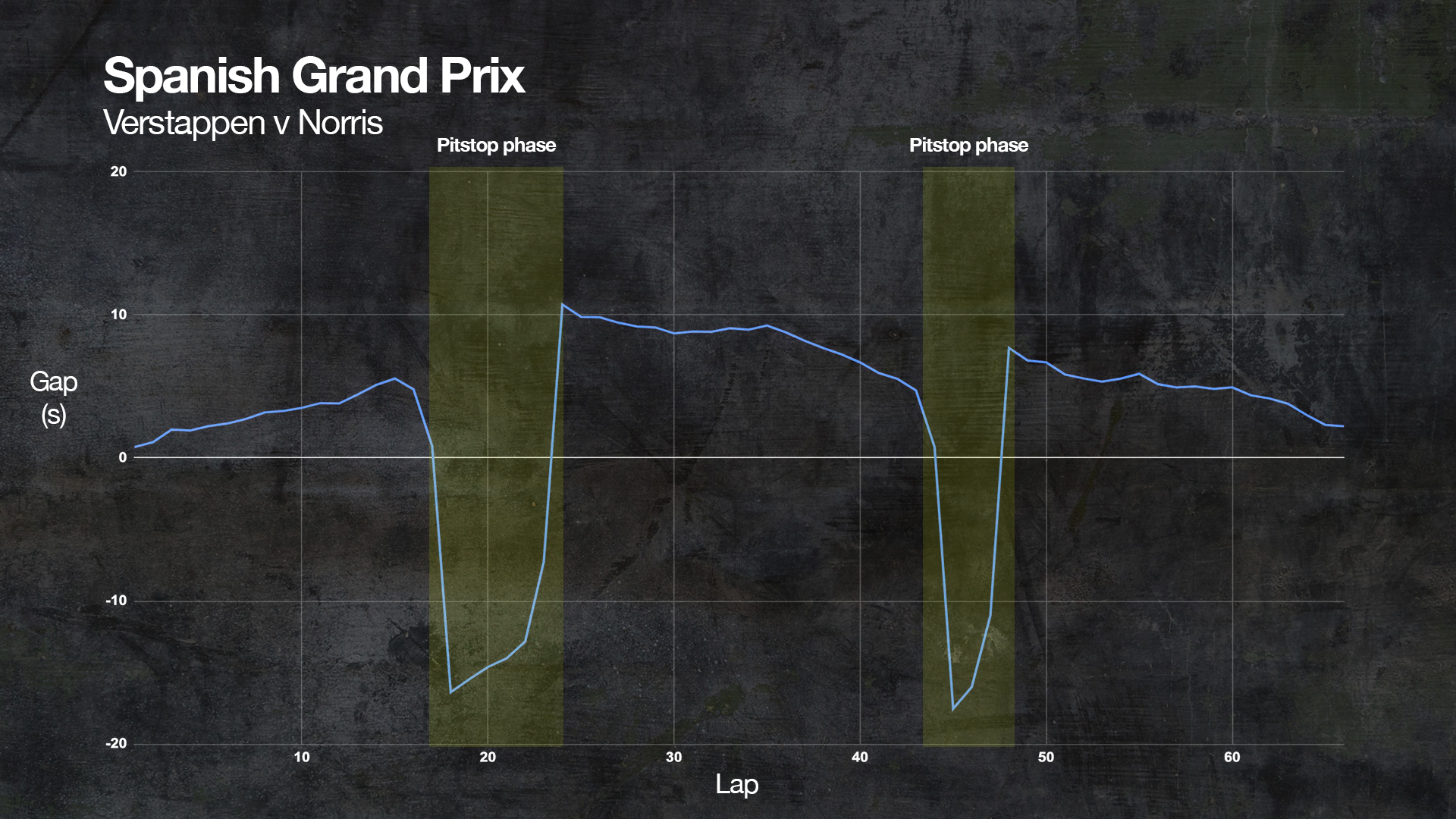
Both were on softs, but Norris ran out of laps to catch the Red Bull and finished just over two seconds behind.
Norris was left kicking himself after a race he described as offering “a lot of positives, one negative [the start] that ruined everything”. Despite that, Stella felt Norris’s initial launch was good and that, just as at Imola, Red Bull's second-phase advantage swung it Verstappen’s way.
Stella also reckoned the race pace of the Red Bull and McLaren was near identical, meaning the race would always have come down to track position and the circumstances that went against McLaren.
“The race pace was very, very similar,” said Stella. “The fact that we were faster at the end was because we had fresher tyres, the fact that he was faster at the start is because we were behind Russell. But it would almost look like the great parity of performance we had in qualifying transferred into the race, whereas normally you have variations.
“But it was very similar, which in a track that is so demanding on tyres and aerodynamics is really good news for the progress we have made.”
Verdict: Winnable, but not clear-cut.
AUSTRIAN GRAND PRIX
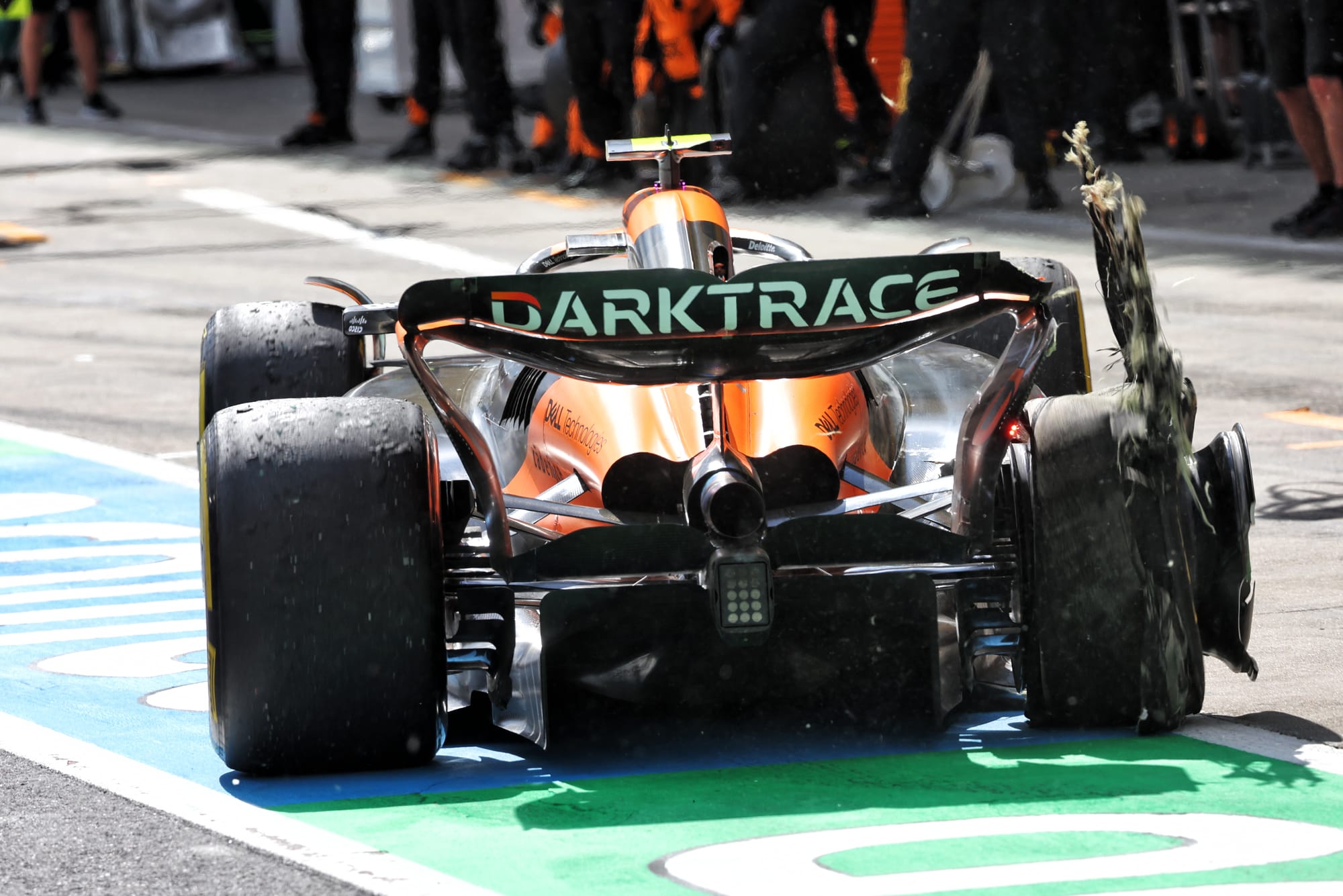
The Austrian GP weekend was a strange one. Norris briefly took the lead of the sprint race - only to lose it again immediately after making what he called the "amateur" mistake of not defending the inside at Turn 4. While he felt Verstappen had a small pace edge, it looked close.
But in qualifying for the main race, Verstappen was on another level and on pole position by four tenths of a second. He also had a comfortable lead in the race - until a slow final pitstop on lap 51 allowed Norris to exit the pits just behind him.
Verstappen was on used mediums compared to Norris’s fresh set, and the Red Bull driver also suffered a lock-up at Turn 4 on his outlap. This turned the final stint into a dogfight that was completely at odds with the way the race had played out before that.
It all ended when Norris attacked on the outside into Turn 3 on lap 64. Verstappen moved over on Norris, with the light contact throwing the Red Bull’s left-rear tyre off the rim and the secondary clash giving both damage.
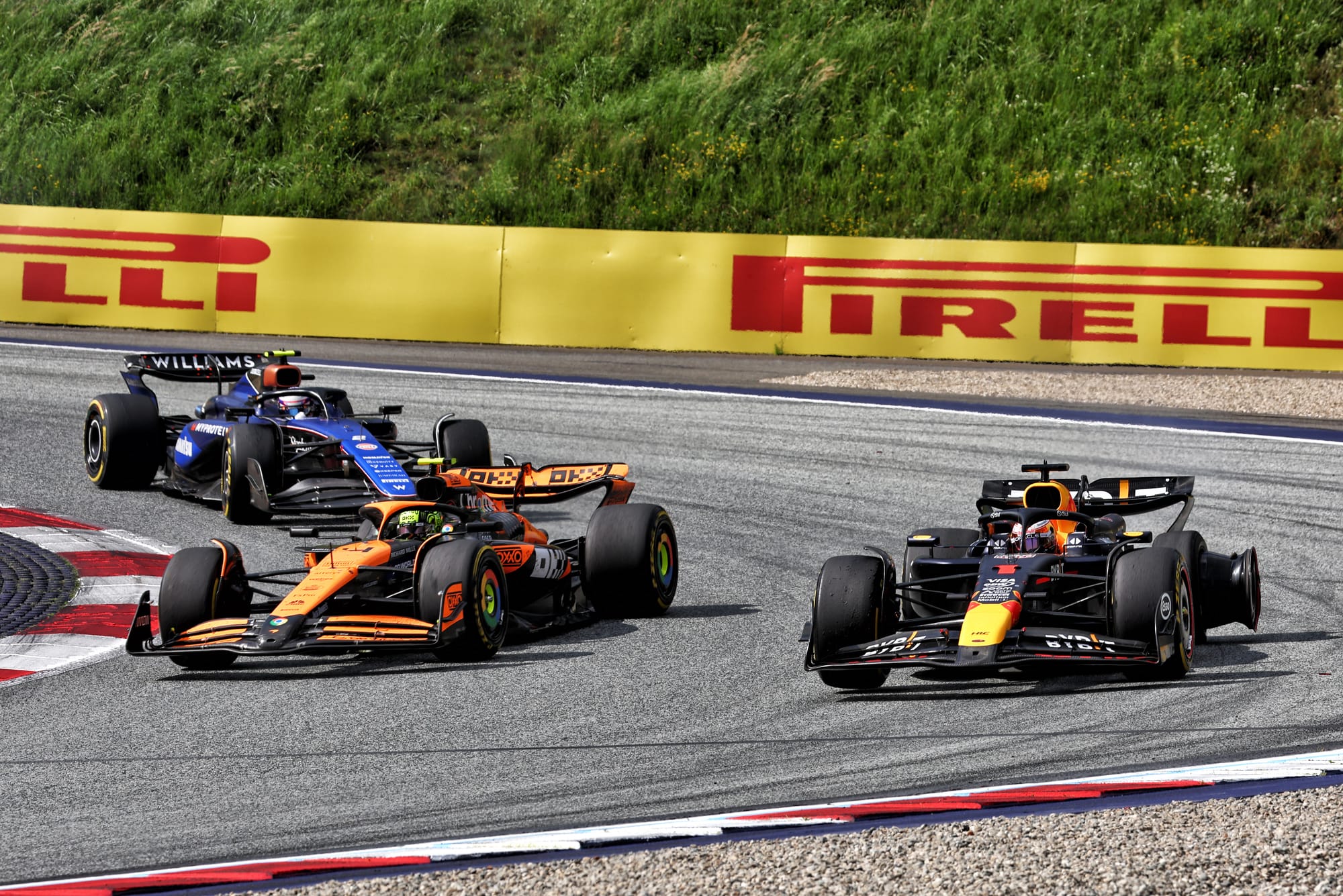
While Norris has subsequently eased his criticisms, he felt Verstappen had been “a bit desperate to do what he could to not let me past”. Had Norris been able to make a clean overtake, he would certainly have won on the road. That he didn’t was down to a combination of Verstappen’s obstinance and perhaps the need for more strategic attacks on Norris’s part.
However, the McLaren also had a five-second penalty for repeated track limits offences, so this was an unexpected chance for an opportunistic victory that was lost on two counts.
Verdict: A missed opportunity for Norris.
BRITISH GRAND PRIX
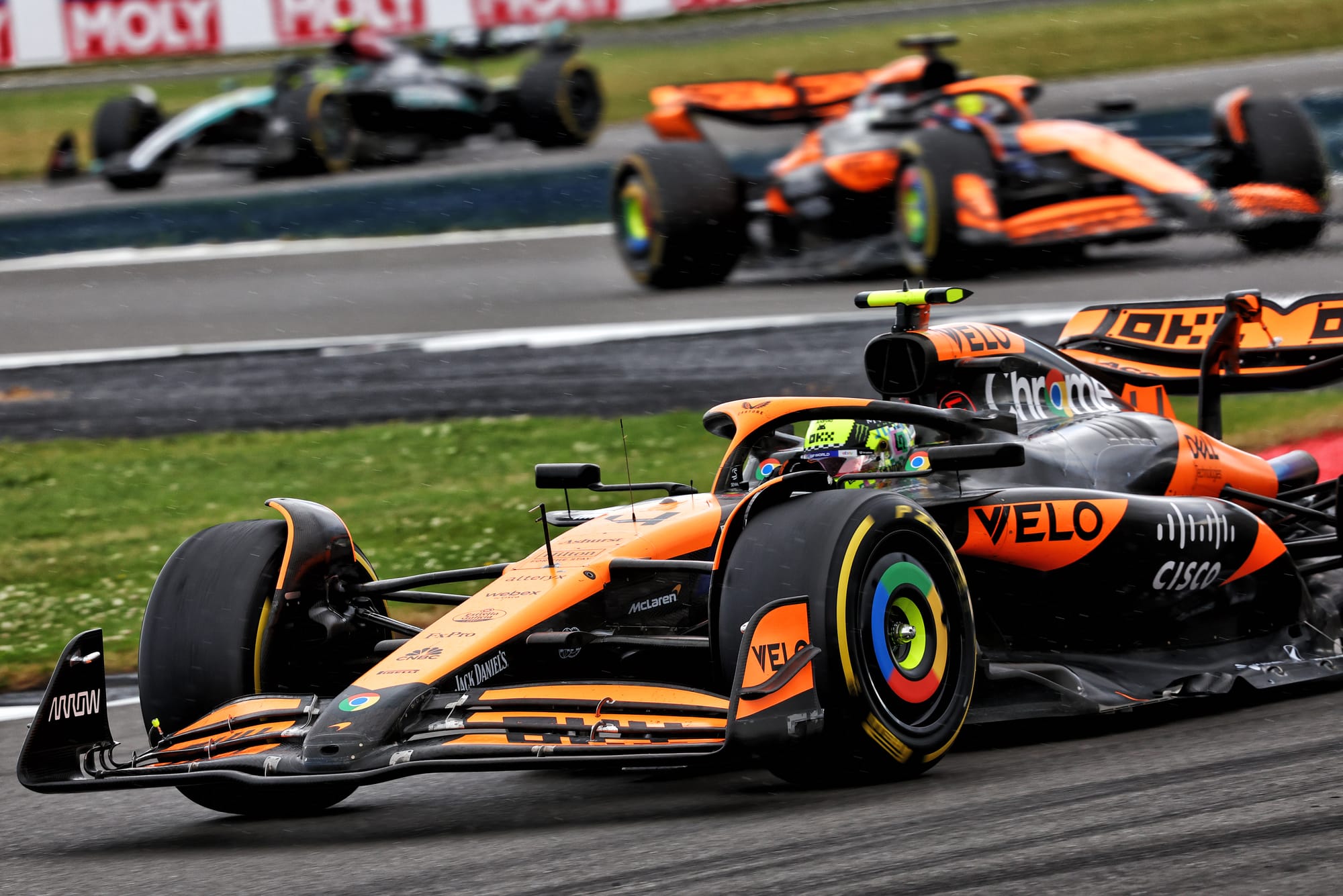
Either Norris or Piastri could have won the British GP and one of them certainly should have. That they didn’t is the most obvious example of McLaren throwing away a victory - likely even a 1-2 finish.
The first strategic error came when it was time to switch from slick to intermediate tyres at the end of the first stint. Norris and Piastri were running first and second, having passed the two Mercedes drivers when the rain first hit.
But when Norris pitted at the end of lap 27, Piastri behind stayed out. By the time he dived into the pits at the end of lap 28, Norris - now on intermediates - was right behind him. And while Piastri was polite after the race in calling this strategy a “joint” call, it was McLaren which told him to stay out. He also said that “double stacking would have been the better call, but hindsight is a wonderful thing”.
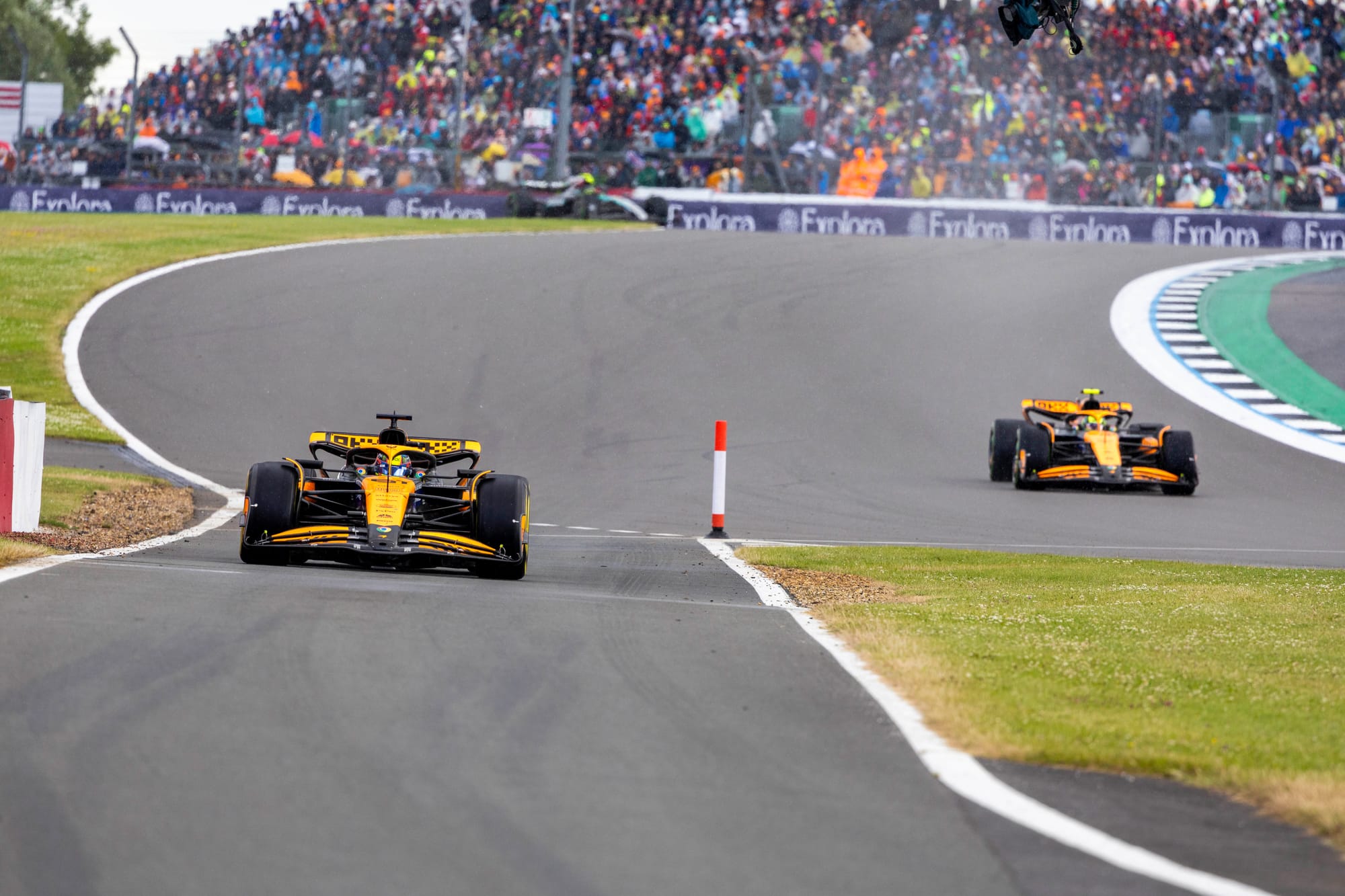
For all that, it was clear double stacking was the right move, as Mercedes proved by doing just that - albeit assisted by a small gap between Lewis Hamilton and Russell on-track - on the same lap.
The time lost meant Piastri was out of contention, going on to finish fourth, so it was all on Norris. He had control in the middle stint, but McLaren allowed both Hamilton and Verstappen to pit before him to swap back to slicks and gain a one-lap undercut.
That in itself was recoverable, but the decision to put Norris onto used softs was baffling. He was the only driver in that lead battle who had a fresh set of the optimum tyre - the medium - left. Had he taken them, there’s every chance he could have fought his way back past eventual winner Hamilton, having dropped to second, rather than being passed by the hard-shod Verstappen and finishing third.
Verdict: Strategic blunders cost victory.
WHAT NOW?
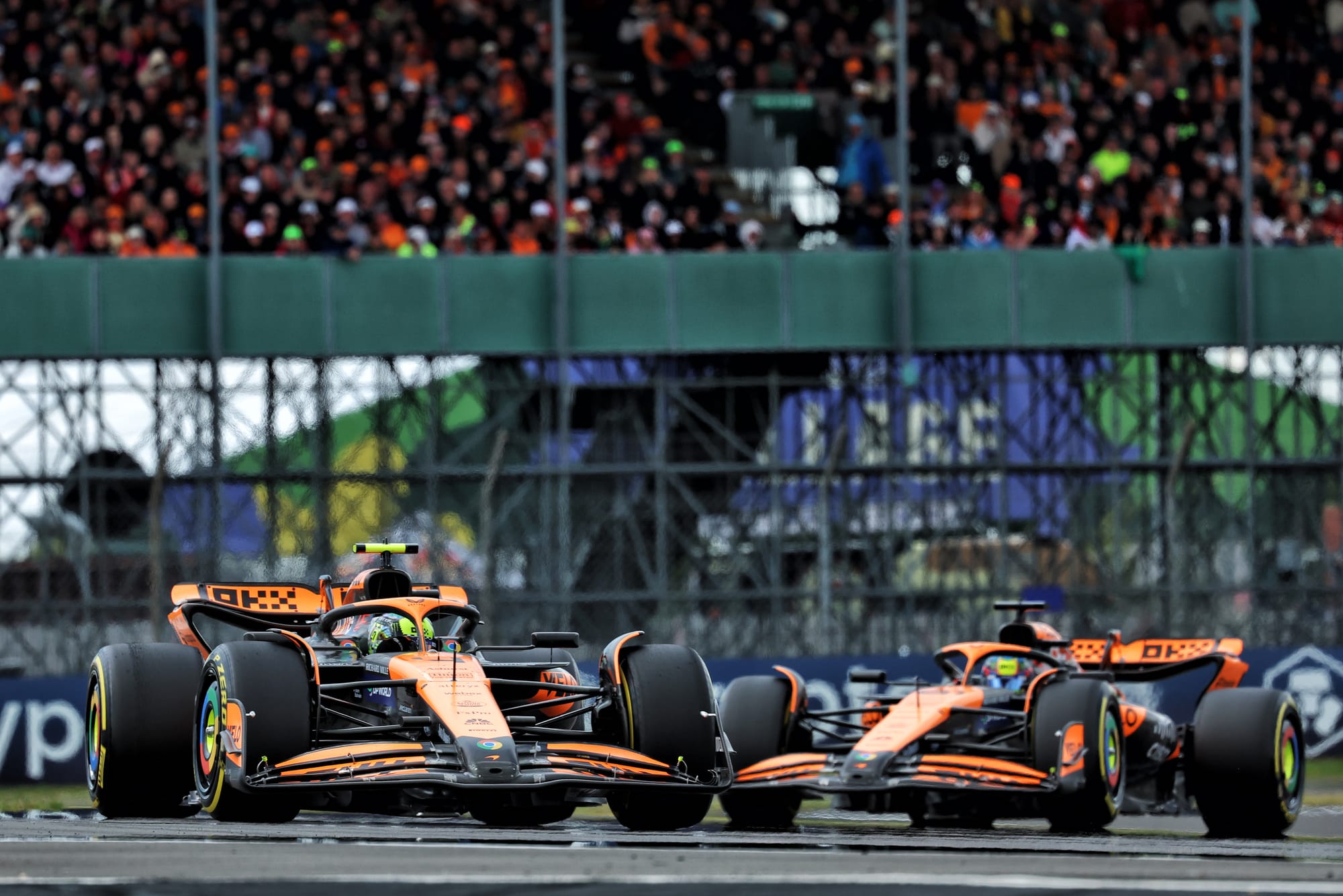
Of the six races we’ve looked at, McLaren could indeed have won all of them. But it’s only at Silverstone that McLaren can legitimately be said to have thrown away a certain victory.
That confirms that, strategically, it needs to sharpen up. The failure to give Norris an instruction in Canada to pit if the safety car is deployed is further proof of that - and we can conclude there was a good chance of McLaren winning there had Norris held onto the lead in that phase of the race.
In both Canada and Silverstone, in situations made more complicated by the varying conditions and compounding factors such as the safety car and available tyre choices, McLaren fell short. These are classic examples of decision-making breaking down in complex, unusual sets of circumstances. Red Bull in particular often thrives in such situations.
In particular, the tyre call at Silverstone was telling. Both Hamilton and Verstappen had to choose from less-than-ideal options given they didn’t have the perfect choice - a fresh set of mediums. You could say that McLaren overthought the situation and instead of taking the obvious choice and very likely putting Norris in a position to catch and pass Hamilton, it missed the right decision because of a fear of Hamilton’s softs conferring an advantage. A big defeat in the game theory stakes, you might say.
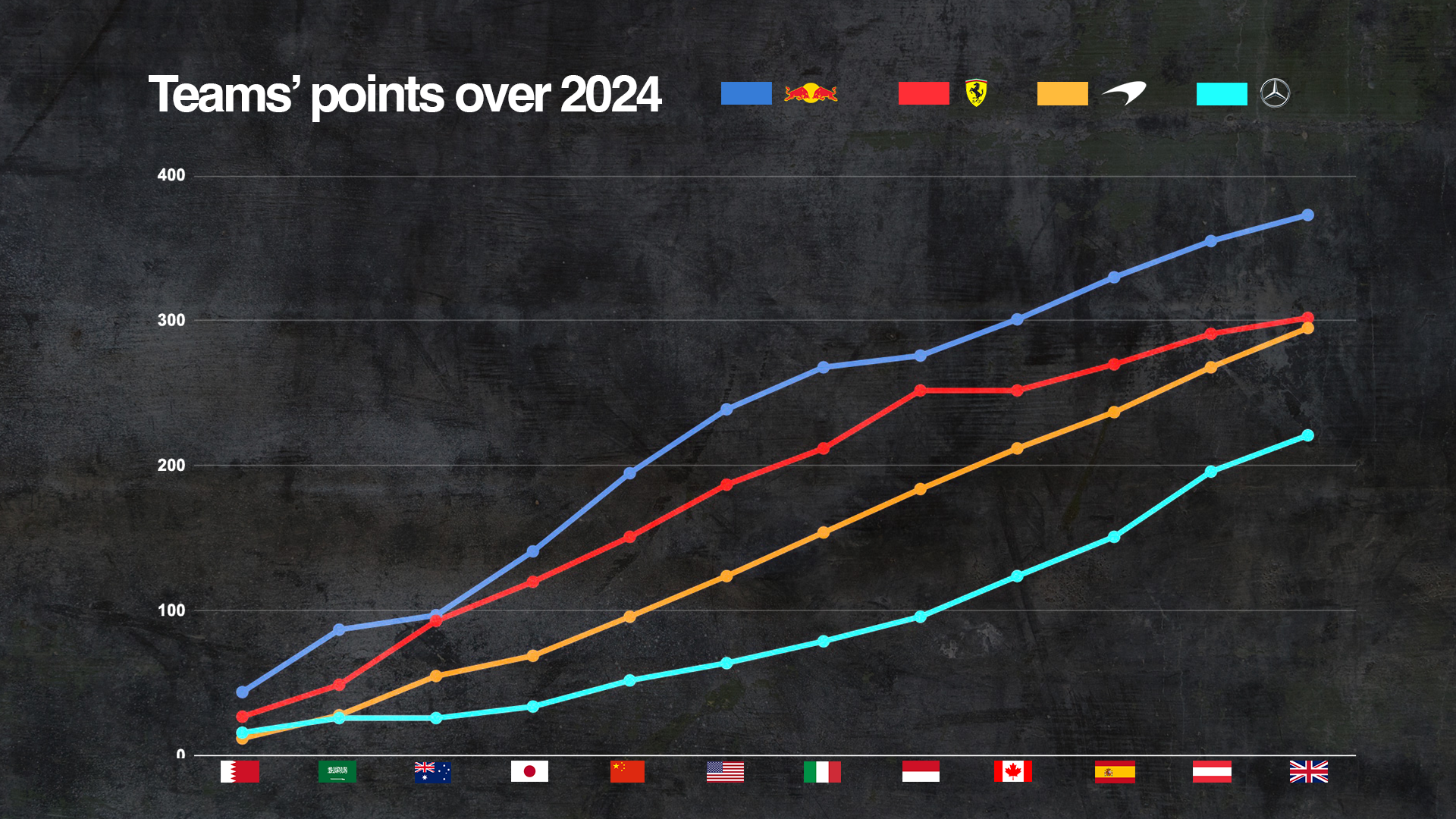
However, you can also argue that McLaren’s strategic decisions in more steady-state conditions have been good. For example, at Imola the relatively early stop that pushed Verstappen into a longer final stint, or sticking to its strategic guns in Spain when others fell into an undercut cascade. So it’s far from all bad.
Ultimately, this is all part of the learning process for McLaren. It now has a car to fight for victory at most, if not all, tracks. What it must now do is sharpen up operationally to ensure it makes the most of that opportunity - in particular in stressful situations where there is little time and imperfect information on which to make calls.
It's all about learning how to become a winning team. While it might seem strange to say that of McLaren given it has 184 victories, the second-highest tally in F1 world championship history, it’s only by regularly competing at the front again that the experience can be built to be in a position to up the strike rate.

